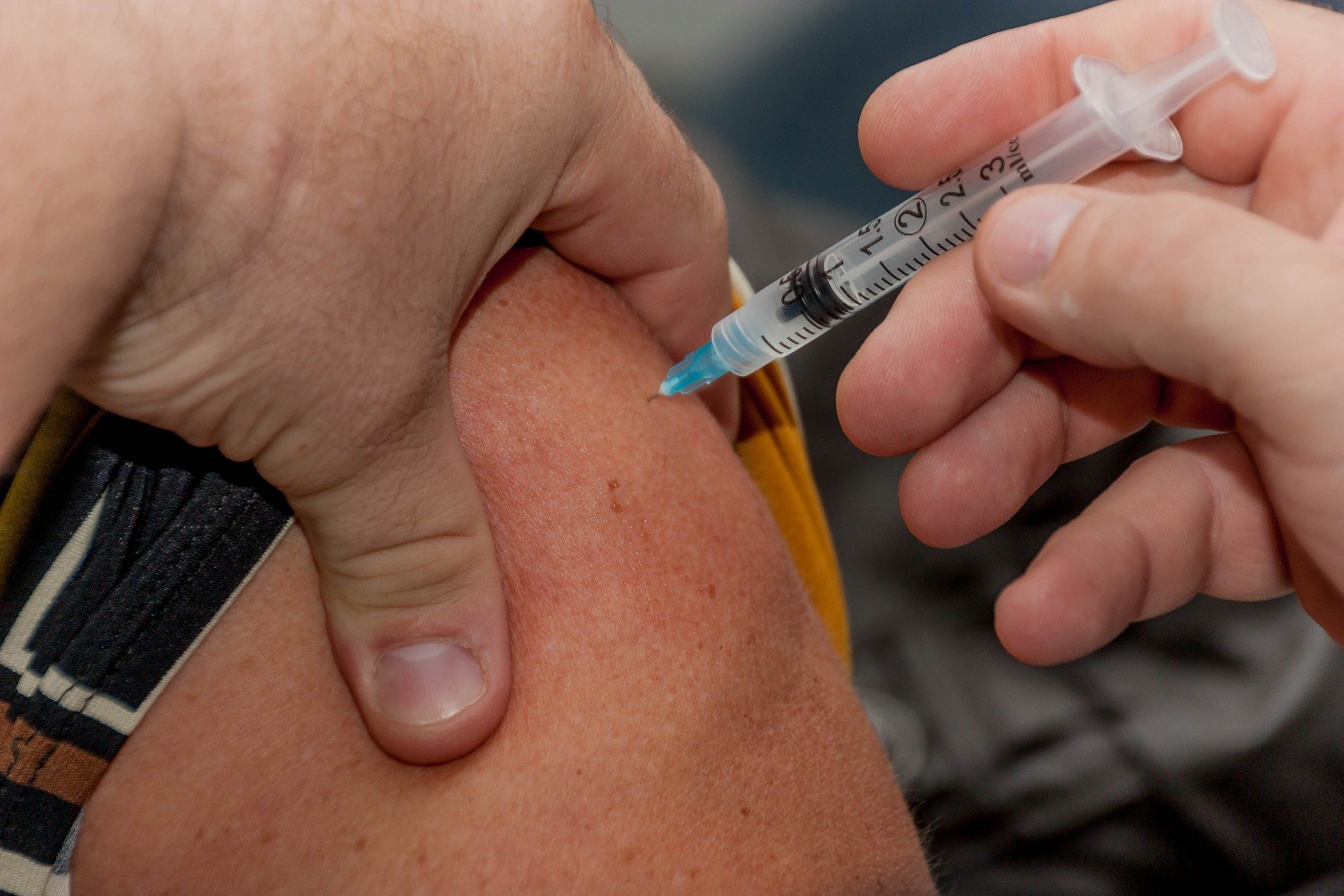
A team of researchers at Saarland University in Germany led by Martina Sester, professor of transplantation and infectious immunology, has spent the past few weeks studying the immune response of 250 people to vaccinations against COVID-19 with agents from Astrazeneca and Biontech. It found that those who had received a dose of Vaxzevira (Astrazeneca) at their first vaccination and a dose of Comirnaty (Biontech) at their second vaccination had the best immune response. In this case, the body’s immune response was even slightly higher than after two doses of the Biontech vaccine.
Of the 250 people, some had been vaccinated twice with Astrazeneca, some had been vaccinated twice with Biontech/Pfizer and some had received a so-called heterologous vaccination consisting of both vaccines at intervals of nine to twelve weeks. A few had been vaccinated with Moderna vaccine or a combination of Astrazeneca and Moderna.
Best immune response
“In light of the fact that the Standing Vaccination Commission had to recommend heterologous vaccination in March without actual registration studies, analyses like ours from the Laboratory of Transplantation and Infection Immunology are urgently needed,” Martina Sester explains. “In the vaccinated individuals, we not only examined how many antibodies they had formed against the coronavirus, but we also determined the potency of the so-called neutralizing antibodies. This tells us how well the antibodies keep the virus from entering the cells.”
Analysis of antibody formation showed that a combination of Astrazeneca and Biontech or two vaccinations with Biontech were significantly more effective than two vaccinations with Astrazeneca. Here, antibody production was about ten times higher after the first two combinations than after two doses of Astrazeneca. And, “For neutralizing antibodies, the combined vaccination strategy showed even slightly better results than a two-dose Biontech vaccination,” Martina Sester said.
Also ahead in T cell formation
The scientists also examined two types of so-called T cells, which on the one hand help the human body form antibodies. So-called killer T cells, on the other hand, play an important role in destroying infected cells and thus preventing serious courses of COVID-19 disease. In both cases, the Astrazeneca and Biontech vaccine combinations and the dual Biontech vaccination showed the best results and, as with the antibodies, led to the strongest response.
“This shows quite strikingly that the dual Astrazeneca vaccine is less able to mobilize the immune response than the other two variants,” the immunologist explains. “This does not mean that many of those vaccinated in this way do not have adequate vaccine protection, because the pivotal study and the success of vaccination campaigns in many countries show high effectiveness of the Astrazeneca vaccine. However, with a second dose, the full potential that actually lies in this vaccine can no longer be realized,” she stresses.
Further analysis
So far, not all the data on cell formation have been fully analyzed, but the researchers were nevertheless surprised by how clear the result was. “This is also why we want to share this with the public right now and have not waited for the scientific review process,” Martina Sester explains. Also, the study has not yet been officially published. To this end, Sester and her colleagues still want to include in the evaluation of the data information such as the gender and age of people being vaccinated as well as the question of which vaccine combination caused the most side effects.
“We think that if more research teams come to similar conclusions, we should think hard about combining vector and mRNA vaccines. It would also be important for people with pre-existing conditions whose immune defenses are weakened, for instance by medication, to check whether they should not receive a combined version as the third vaccination at the latest to generate the broadest possible immune response from the body,” Martina Sester said.
The scientists’ work was supported by the Saarland state government.
More articles on coronavirus can be found here.

